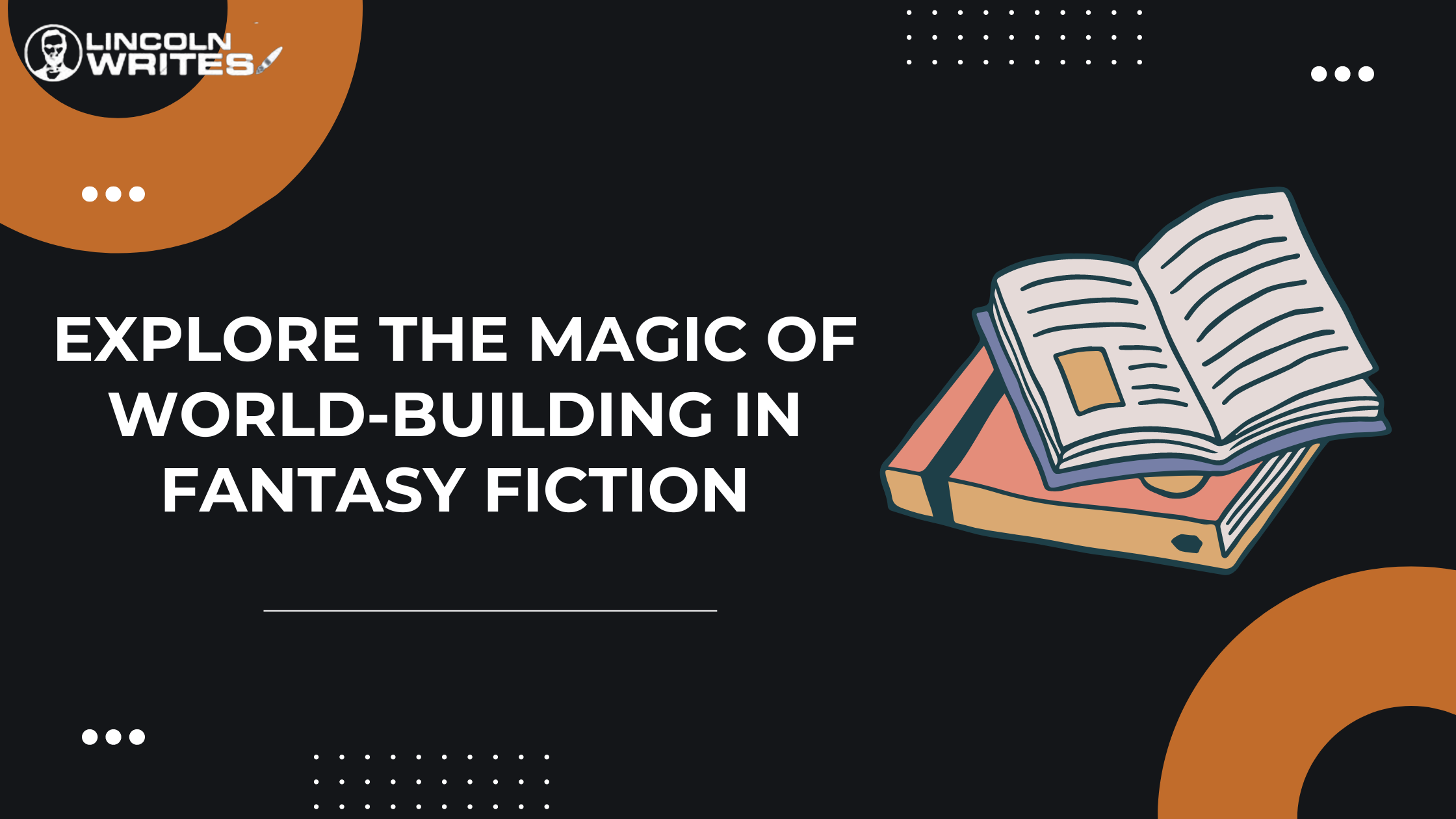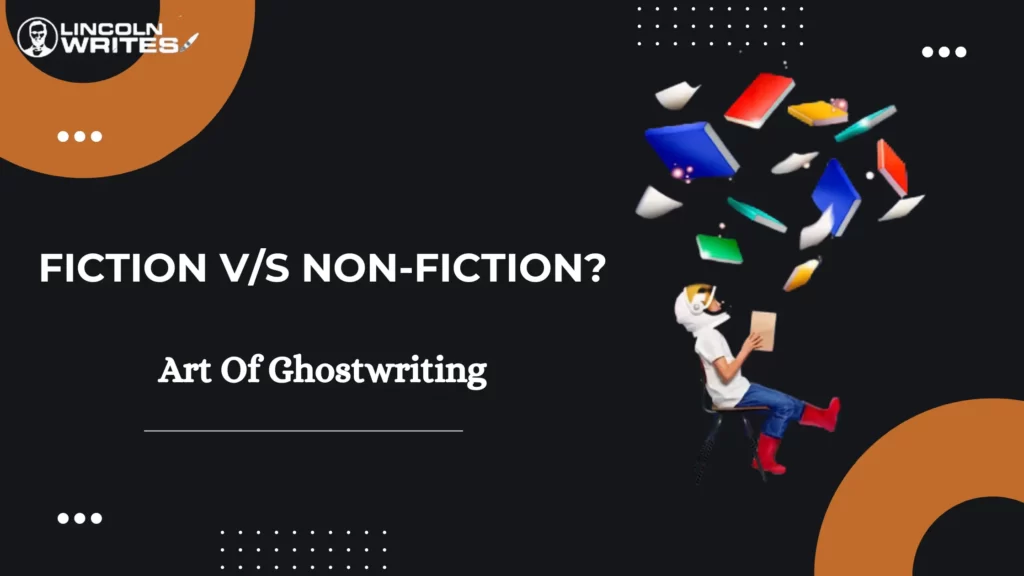The power to forge entire universes, breathe life into mythical creatures, and transport us to places that exist solely in the boundless landscapes of our imagination.
Welcome, fellow dreamers, to a journey through the mesmerizing art of world-building. This is a realm where authors are architects, weaving together the threads of their imagination to create settings so vivid and characters so real that they linger in our minds long after the final page has been turned.
As we delve into this captivating realm, you’ll discover that world-building in fiction writing isn’t just a skill; it’s a magical alchemy that transforms ink and paper into portals to worlds unknown.
Join us on this quest to explore the secrets, the wonders, and the sheer magic of world-building in fantasy fiction
What Is Meant by World-Building in Fiction?
“World-building in fiction refers to the process of creating and establishing a fictional universe, setting, or environment in a story. It encompasses the development of the physical, cultural, historical, and sometimes even magical aspects of this world to make it coherent and immersive for the reader or audience. This intricate construction of a fictional world serves to enhance the narrative, making it feel vivid, consistent, and believable, whether in genres like science fiction, fantasy, or even historical fiction. World-building enables authors to shape the rules, laws, and unique characteristics of the story’s universe, allowing for a deeper and more immersive storytelling experience.”
How World-Building Helps to Transform the Fiction World
World-building in fiction is a fundamental aspect of creating immersive and engaging fictional universes. Whether in publications, film, or other forms of storytelling, the process of building a fictional world can profoundly impact the way the audience experiences and engages with the narrative. This article explores how world-building transforms the fictional world by examining five crucial elements: establishing the rules, creating geography and history, cultures and societies, magic systems, and religions and belief systems.
1. Establishing the Rules:
One of the most important functions of world-building is the establishment of a set of rules that govern the fictional universe. These rules can be physical, such as the laws of physics, or societal, like the structure of government or the principles of magic. By defining these rules, authors can create a consistent and believable backdrop for their stories.
For instance, in J.K. Rowling’s Harry Potter series, the rules of the wizarding world are clearly outlined. There are spells, potions, and magical creatures, each with its own set of rules and limitations.
This consistency not only adds depth to the world but also allows readers to immerse themselves in the story without questioning the logic of the universe.
2.Creating Geography and History:
Geography and history are essential components of world-building in fiction. They provide a sense of place and context for the story. Authors can craft intricate landscapes, cities, and regions that shape the characters’ experiences and interactions. Furthermore, history can offer insights into the world’s evolution and the conflicts that have shaped it.
Tolkien’s Middle-earth is a prime example of how geography and history enrich a fictional world. The detailed maps, diverse terrains, and historical events such as wars and empires contribute to the depth and realism of the setting.
Readers feel as if Middle-earth is a real place with a rich history, enhancing their connection to the story.
3. Cultures and Societies:
Cultures and societies are another crucial aspect of world-building. They provide the backdrop for the characters’ beliefs, values, and behaviors. These aspects are essential for character development and interactions within the story.
In George R.R. Martin‘s A Popular Song of Ice and Fire series, the intricate web of cultures and societies in the Seven Kingdoms is a central component of the narrative. The diverse characters reflect the values and norms of their respective regions, leading to complex political intrigues and conflicts. The world-building here goes beyond just a physical setting; it delves into the social and cultural fabric that defines the characters’ motivations and actions.
4. Magic Systems:
Magic systems are often a defining feature of fantasy worlds. World-building allows authors to create unique and consistent magic systems that can have a profound impact on the story. A well-defined magic system not only adds wonder but also provides opportunities for conflict and resolution.
Brandon Sanderson, known for his intricate magic systems, meticulously develops the rules and limitations of magical abilities in his works.
In the Mistborn series, for example, characters possess various magical powers based on the consumption of metals. This system not only adds depth to the world but also influences the characters’ decisions and the plot’s direction.
5.Religions and Belief Systems:
Religions and belief systems offer a lens through which readers can understand the moral and philosophical underpinnings of a fictional world. These systems can shape characters’ motivations and worldviews, leading to meaningful conflicts and character arcs.
In Philip Pullman‘s His Dark Materials series, religion and belief play a central role in the story. The worlds within the narrative are rich with various belief systems, including the oppressive Magisterium.
This conflict between belief systems drives the characters’ journeys and the overarching narrative, highlighting the profound impact of religion on world-building in fiction.
6. Technology and Science:
In any well-constructed fictional world, technology and science play a pivotal role in shaping society and its inhabitants. The level of technological advancement can vary widely, from primitive to futuristic, but it must be internally consistent and logically integrated into the narrative.
For instance, in Isaac Asimov‘s Foundation series, the fictional science of “psychohistory” is a central element. It predicts the future of large populations, forming the basis of the story’s unfolding events.
The way science and technology are embedded in the narrative serves as a foundation for the fictional world, enhancing its depth and complexity.
7. Economy and Trade:
The economic and trade systems in a fictional world have a profound impact on the characters’ lives and the overall narrative. A well-developed economic structure can create conflicts, drive character motivations, and offer insights into societal hierarchies.
In George Orwell‘s “Animal Farm,” the evolving economic systems of the farm animals reflect the political and social transformations of the real world. The economic dynamics of animal society are integral to the narrative and underline the central themes of power and inequality.
Pro Tip: To enrich your fictional world, intricately design its economy and trade systems, drawing inspiration from real-world dynamics to create compelling narratives and deepen the exploration of themes like power and inequality.
8. Languages and Linguistics:
Language and linguistics are vital components of world-building, as they give a sense of authenticity to a fictional world. Creating unique languages or dialects can deepen the reader’s immersion and help define cultural groups within the story.
J.R.R. Tolkien‘s Middle-earth is renowned for its linguistic depth. Tolkien constructed entire languages, such as Elvish and Dwarvish, which are woven into the story’s fabric. These languages contribute to the richness of the world, making it feel more genuine and complete.
9. Flora and Fauna:
“Flora” and “fauna” are actually phrases utilized to describe the plant and animal life, respectively, in a particular region or ecosystem.
The natural world within a fictional setting can provide rich opportunities for world-building. Flora and fauna contribute to the environment, impact the characters’ daily lives, and even have symbolic meanings.
In the world of “Avatar: The Last Airbender,” the various creatures and plants are both visually imaginative and essential to the narrative.
For example, the flying bison, Appa, and the unique hybrid animals like platypus bears add depth to the world while serving as symbols of the different nations within the story.
10. Cultural Conflict and Dynamics:
An author of any kind, a globally renowned or a self-publishing one, needs to have a website of their own. It helps you reach a greater audience and helps readers and followers learn more about you and your work.
Your website’s “About” section is a great place to include your author biography. As a webpage has no length limitations, you can go wild on the details of your author biography. But just because you can doesn’t mean you should.
A lengthy summary detailing every account that happened in your life can overwhelm readers and may influence them in the opposite way you intended. Stick to the “three bear principle”: Not too long or too short. But just right. However, you can talk about your achievements and awards here.
11. Symbols and Icons:
Symbols and icons are essential world-building elements that can add depth and meaning to a fictional universe. These symbols can range from flags and crests to mythical creatures, religious artifacts, or even everyday objects imbued with special significance.
In J.K. Rowling’s “Harry Potter” series, the various magical symbols like the Deathly Hallows and the Dark Mark are integral to the story’s world-building. These symbols not only represent powerful forces within the wizarding world but also hold deeper, thematic meanings that resonate with the readers.
12. Show, Don't Tell:
A fundamental principle of world-building in fiction is “show, don’t tell.” Instead of presenting lengthy expositions about the world, authors reveal details through character actions, dialogue, and the environment. This approach allows readers to discover the world while staying engaged in the story organically.
The author Ursula K. Le Guin is known for her adept use of “show, don’t tell” in world-building. In her novel “The Dispossessed,” she gradually unveils the contrasting societies of Anarres and Urras through the experiences of the protagonist, creating a more immersive reading experience.
13.Consistency:
One of the most crucial aspects of world-building is consistency. The rules, cultures, languages, and other elements must remain coherent throughout the story. Inconsistencies can disrupt the reader’s immersion and undermine the credibility of the fictional world.
George R.R. Martin‘s “A Song of Ice and Fire” series is celebrated for its consistency. The intricate political landscape, extensive cast of characters, and complex relationships remain true to the established world-building, even as the story unfolds across multiple volumes.
Ending Note:
The art of world-building in fiction is a remarkable journey through imagination, creativity, and meticulous detail. The process of establishing the rules, crafting geography and history, developing cultures and societies, designing magic systems, and shaping religions and belief systems brings life to fictional universes. These elements serve not as mere backdrops but as living, breathing characters that transform the narrative landscape.
When executed with care and consistency, world-building elevates a story to new heights, immersing the audience in a rich and captivating universe. Through world-building, authors transport readers to places they could only dream of, sparking their imaginations and leaving an unforgettable impact on their hearts and minds long after the final page is turned.
How Lincoln Writes Comes in for World-Building in Fiction?
Lincoln Writes is your gateway to the enchanting realm of world-building in fiction. We understand that a compelling story is not just about the characters but also the worlds they inhabit. At Lincoln Writes, we specialize in creating rich, immersive, and captivating fictional worlds that leave a lasting impact on readers.
Contact us today, and let’s begin crafting your world, one word at a time. Together, we’ll create worlds that capture the hearts and minds of readers, taking your stories to new heights.



At this time it sounds like WordPress is the top
blogging platform available right now. (from
what I’ve read) Is that what you are using on your blog?
Take a look at my web page – vpn special coupon
Attractive part of content. I just stumbled upon your weblog and in accession capital to assert that I get in fact enjoyed account your weblog posts.
Any way I’ll be subscribing in your feeds
or even I achievement you get entry to persistently rapidly.
My webpage; vpn coupon code 2024